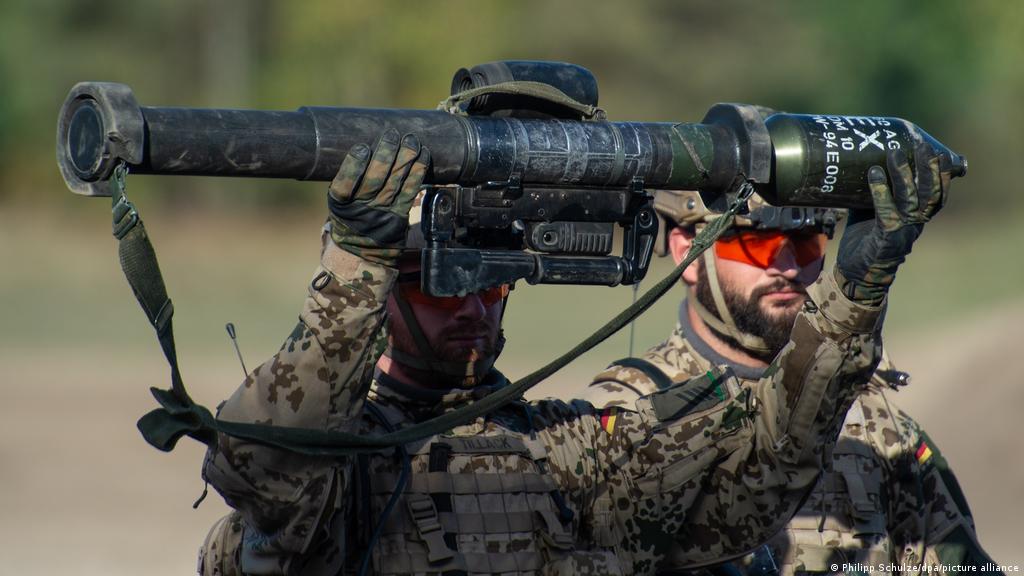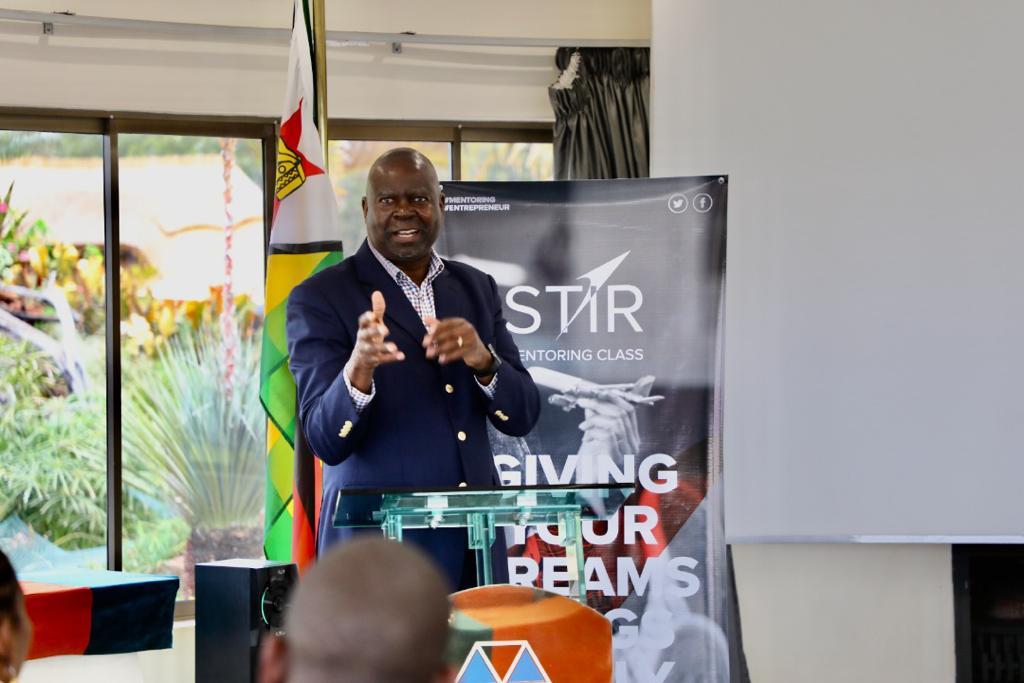
MOST households and industries in Zimbabwe are limited to less than 18 hours of electricity supply daily because of lack of investment in power generation since Independence.
Only about 30% of the country has access to grid electricity.
No new power generation stations have been built in the country since Kariba in the early 1960s and Hwange thermal power station which was completed in 1986.
Despite advances in technology, power experts say a lead time of up to five years is needed to build a power station.
The current power shortage stems from a failure by government to implement numerous power generation projects. Â
In its System Development Plan approved by government 19 years ago, Zesa Holdings was to build a new power station at Batoka Gorge between the Victoria Falls and Kariba. Like Kariba, it was to have a north and south bank station.
Batoka, which was to be a run-of-the-river station, had been planned to take into consideration environmental concerns. There was no need to dam the river. Batoka was to be built in conjunction with expansion at Kariba to use the water optimally.
- Chamisa under fire over US$120K donation
- Mavhunga puts DeMbare into Chibuku quarterfinals
- Pension funds bet on Cabora Bassa oilfields
- Councils defy govt fire tender directive
Keep Reading
However, the Batoka project ran into problems as the Zambian government was not keen on it then because its economy was unstable and was unwilling to undertake a project with a neighbour they accused of shortchanging them during the sharing of the Central African Power Corporation assets. Capco was the predecessor to the national power utilities.
About US$1,6 billion was needed for the north and south bank power stations in 1996.
The next project in the system was the expansion of Hwange by adding two new generators. To be known as Hwange 7 and 8, the project was to be financed by the World Bank and tenders had been adjudicated when government decided the tenders be given to YTL, a Malaysian construction giant. The problem was that the YTL was not a power station construction firm.
The plan later changed. Hwange was to be privatised by selling it to YTL. The sale eventually fell through because YTL insisted they could not inherit a US$800 million loan used to refurbish the station and improve its operation efficiency provided by the World Bank.
So the second power generation project fell through.
The default plan was Sengwe in Gokwe north where there are coal reserves to last for the next 100 years. Sengwe was to be developed by mining giant Rio Tinto and the power station was to be built by National Power of the UK.
It had been planned that Sengwe would then generate power to replace the capacity which would have been generated by Batoka and an expanded Hwange.
The souring of relations between Zimbabwe and Britain after 1997 got in the way and Sengwe was never built. Plans for gas turbine runners to generate power in Lupane south also suffered the same fate. The project was initially linked to the British and later to the Chinese before it fizzled out.
The old thermal power stations built in the late 1940s – Harare, Bulawayo and Munyati, despite their refurbishment in the mid-1990s – are too expensive to run and are almost obsolete.
Zesa does not have funds to buy the coal and bring it all the way from Hwange. The Hwange Colliery Company has failed to provide Zimbabwe Electricity Distribution Company – a subsidiary of the Zesa Holdings – with adequate supplies.
To add to their woes, the railway line is in a state of serious disrepair.
Zimbabwe intends to increase industrial capacity utilisation to 60%, according to the Short Term Emergency Recovery Programme (Sterp). The Confederation of Zimbabwe Industries says industry is currently operating at below 20%.
Questions have been asked about how government will be able to increase power generation to meet increased demand by industry, when the utility is failing to meet demand when industry is operating at below 20%.
Regionally, most countries also have power deficits and it will be difficult to import power when the country has no foreign currency.
Kariba generates 750 megawatts and Hwange 850 megawatts, but the country needs about 1 700 megawatts. About 1 000 is being generated at the moment.
Zesa chief executive Ben Rafemoyo told the Zimbabwe Independent that Sterp was a plan which would increase demand for electricity and that the nation should brace for increased load-shedding for the next few years.
“We are at an advanced stage to have between 400-600 megawatts from Hwange and Colliery to make up for the increased winter demand. It will be for a short period, but we have to look at the long-term, that is increasing capacity by building another generation station,” said Rafemoyo.
Rafemoyo said depending on the site, type of generation station and amount of work, a power station takes between four to seven years to construct.
This suggests that apart from stopgap measures the country will have increased load shedding for about five years.
“With regards to the NamPower deal, people should look at the basis of the transaction. We (Zimbabwe) did not have foreign currency and they did (Nambia). The refurbishment needed to be done,” said Rafemoyo.
He said Namibia was exporting power to Zambia because the country was currently in a crisis after it lost two of its generators.
“The amount of electricity generated in Zimbabwe varies each day. At present there is increased demand because it is winter. We need about 1 900 megawatts. We are however generating about 1 000 megawatts,” he said.
Rafemoyo said in the event of increased capacity by industry “it was mostly likely that households would not have electricity during the day to ensure industry operates, but the opposite would occur during the evening”.
Coronation Financial Service economist and investment analyst Lance Mambondiani on Wednesday said the problems at Zesa affected all parastatals.
“The parastatal has been hemorrhaging for a considerably long time and teetering on the brink of insolvency. Zesa, like many other struggling state-owned enterprises such as Air Zimbabwe and NetOne, has always been grossly undercapitalised, poorly managed and surviving only because of government funding,” he said.
“Research has shown that load-shedding itself can leave the equipment that Zesa has in a poorer state due to the frequent switching on and off. The only solution to avoid load-shedding in the event of increased demand would be a massive investment in the energy sector which the state is perhaps unable to undertake since the government itself is broke,” Mambondiani said.
He said there was no investment in the energy generating sector in Zimbabwe because the sector was a capital intensive industry and genuine investors for such a project are generally few.
“Worldwide, there has been a massive transfer of ownership and control over electricity assets from the public to private companies. The companies that have taken over electricity provision in most countries are multinational companies with little interest in the welfare of local citizens,” he said
He said increasingly such companies were concentrating through mergers and acquisitions into a small group of very large conglomerates that dominate national and international electricity provision.
“Electricity restructuring and privatisation can also result in massive job losses so it’s an industry that cannot be rushed into a privatisation. A private buyer could increase energy prices for profit which can result in public revolt,” Mambondiani said.
Economist Brains Muchemwa said: “Government needs to urgently engage private sector and create a conducive environment for independent power producers based on sustainable long term power purchasing (pricing) agreements from Zesa, solid and credible internationally binding dispute settlement frameworks and flexible regulations. That is the long-term strategy.”
Muchemwa said with regional shortage of electricity spanning from Tanzania to South Africa, it was imperative to make sufficient steps towards self-sustenance in power.
BY PAUL NYAKAZEYA











